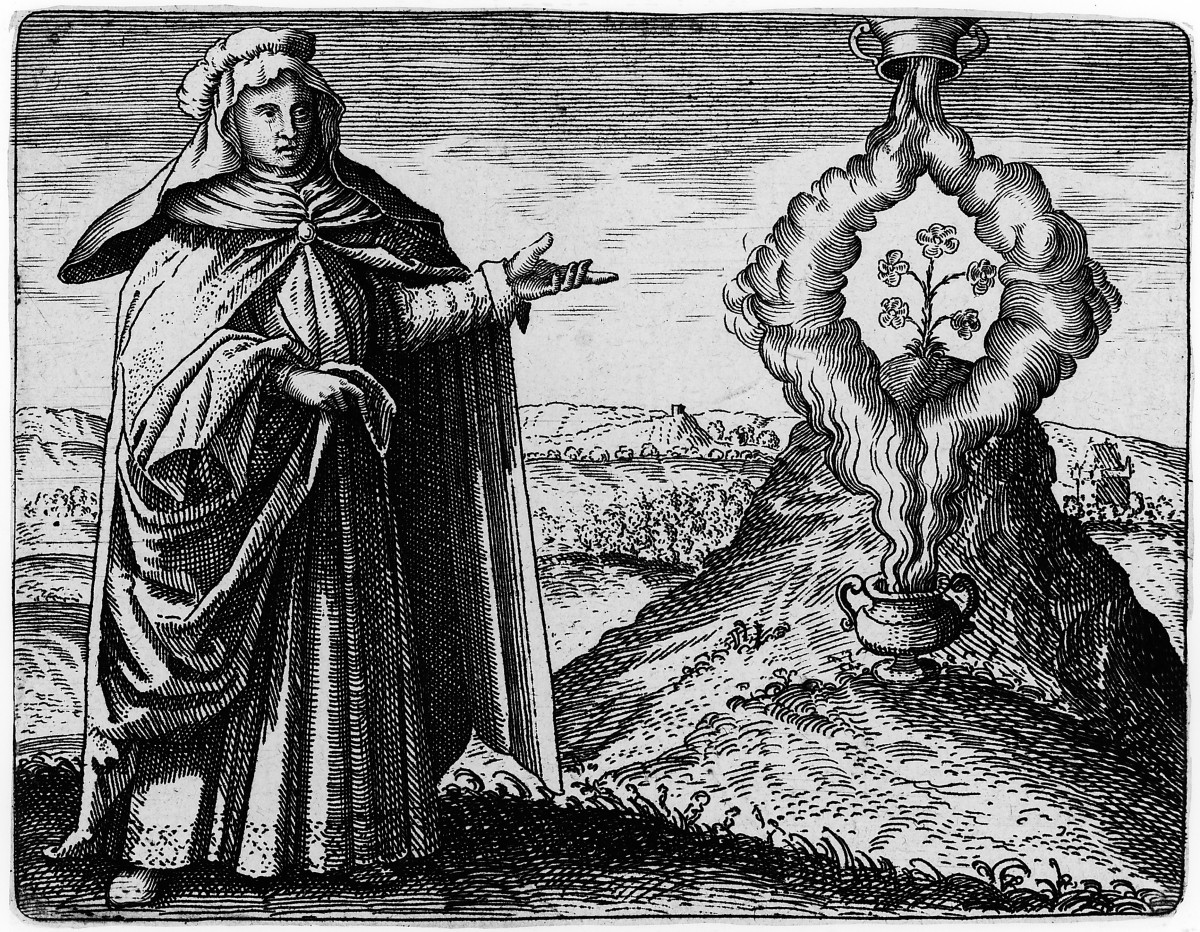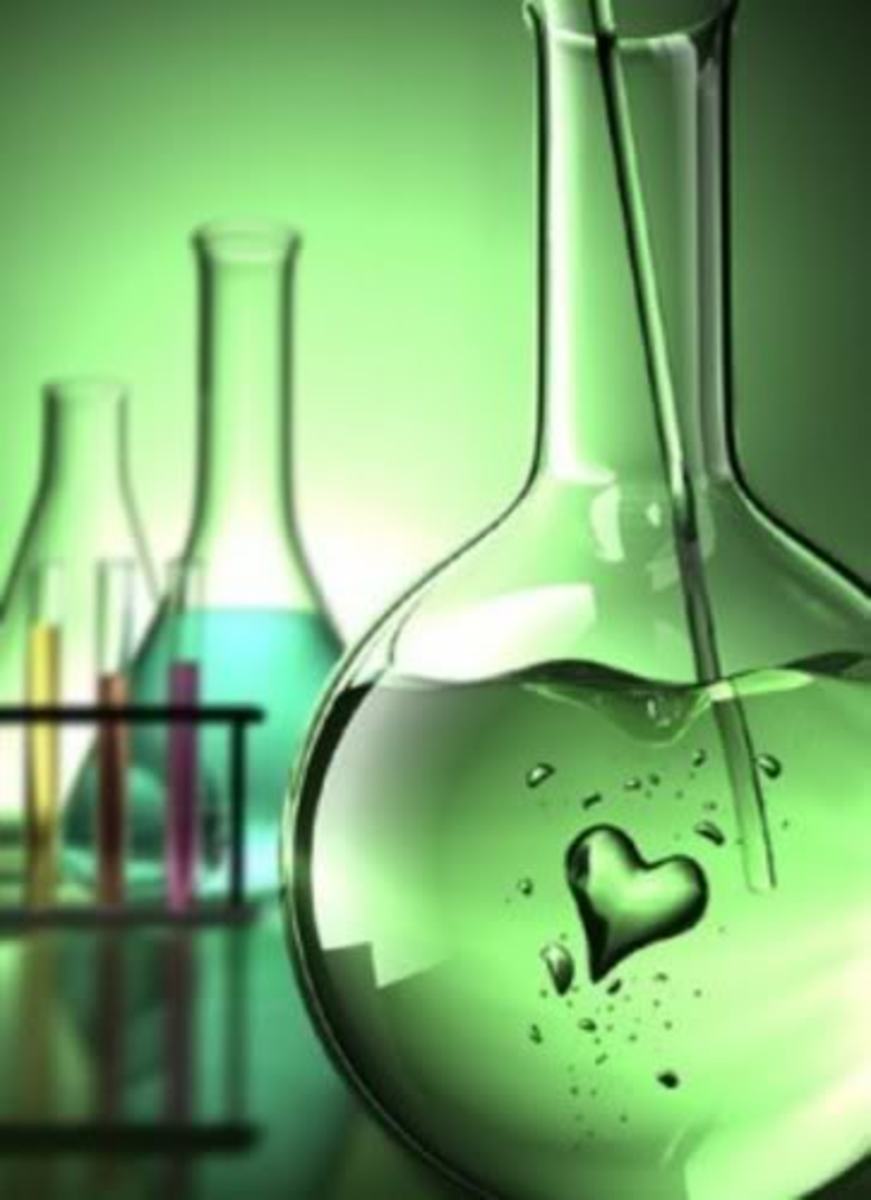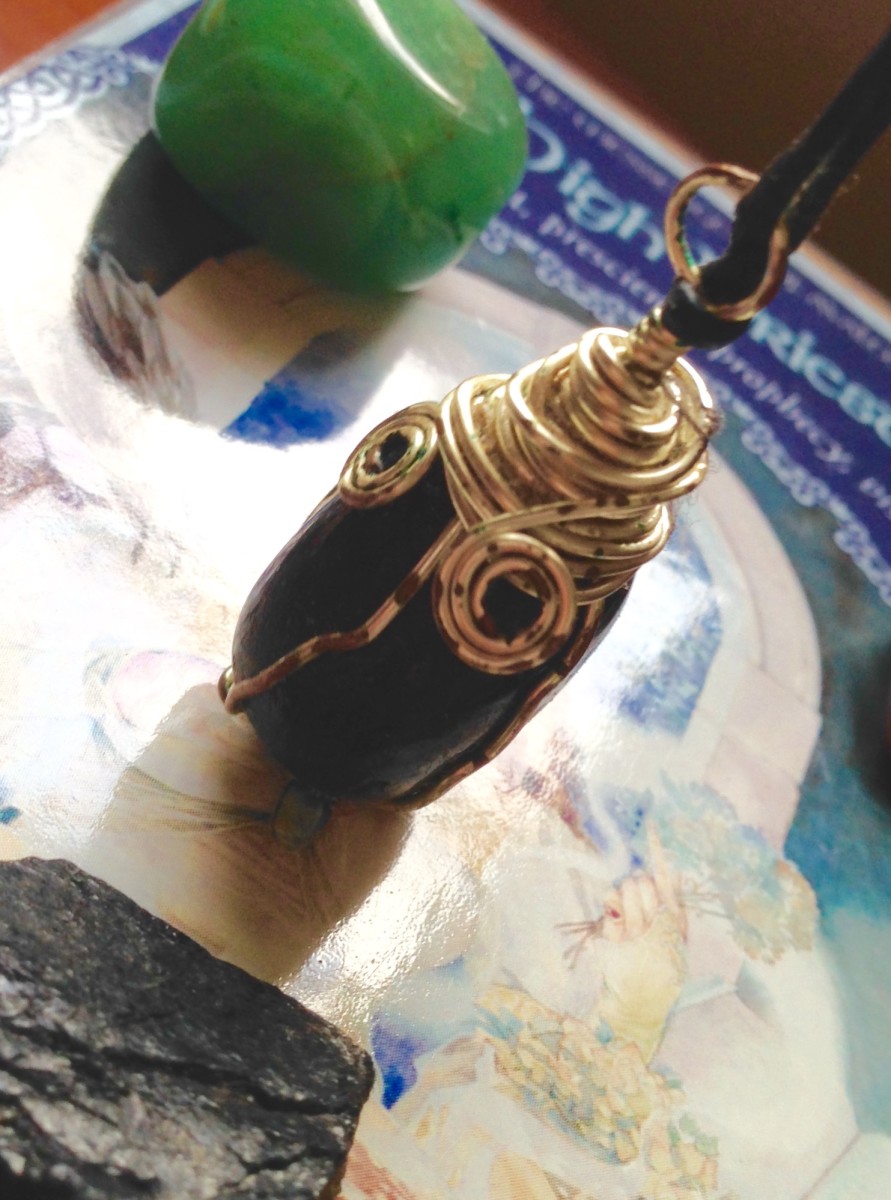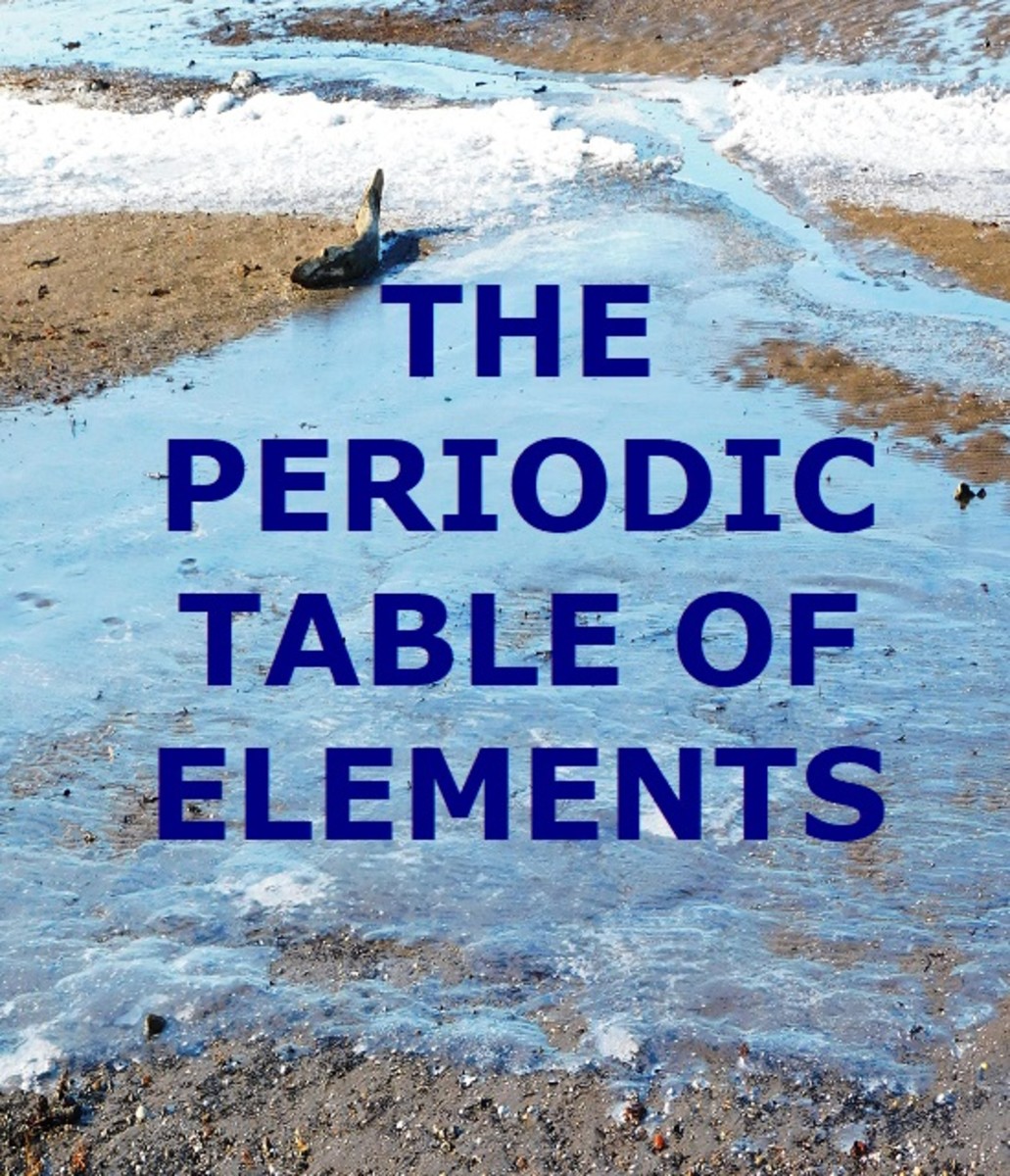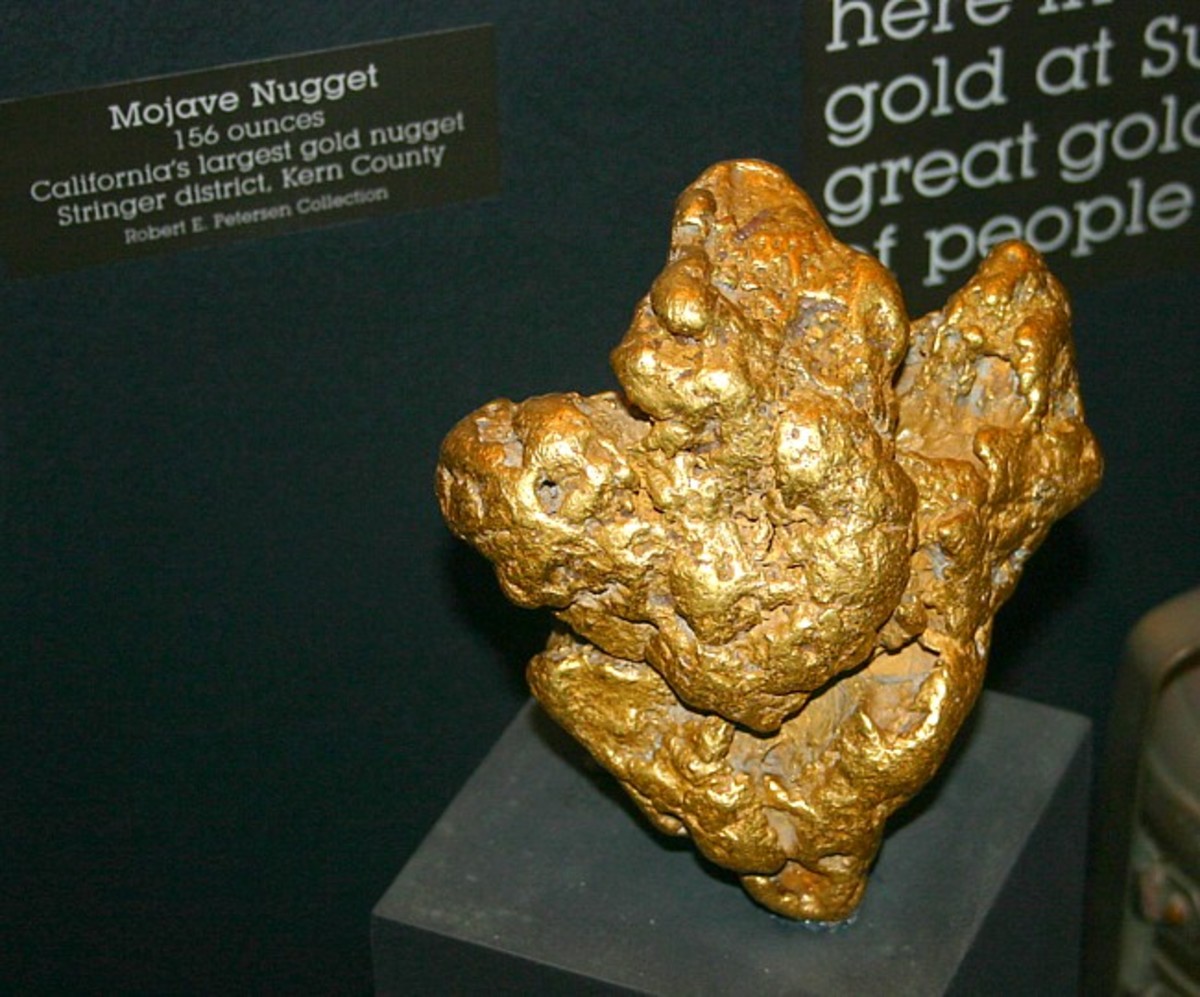The Unusual Properties of Monatomic Particles by Russell Symonds

Contemporary Alchemy: Its Secrets and Some Astonishing Effects
In this article we will cover the secrets of modern alchemy, the rather fascinating benefits of monatomic ions, and their astonishing and strange characteristics. In the times to come, the science of monoatomics will be securely demonstrated in the wellness marketplace, to a still greater level in the region of alternative medicine, and to some degree in the mind, body, and spirit community of interests which in itself is likewise growing. Modern alchemy is a relatively unidentified field of endeavor, yet its acceptance by those in the "New Age" areas of involvement is growing exponentially.
This increase in popularity and interest is related to a few elements: monoatomic (or monatomic) gold, platinum, rhodium, ruthenium, palladium, iridium, indium, titanium, silver, copper and magnesium. According to the standard viewpoint, there are three stages or forms of matter which are gasses, liquids, and solids (but recently discovered are the newer plasmas, condensates and fluid crystals). A good number of solids form into placements we term metallic elements. What we have not been instructed by mainstream science is the existence of another kind of matter generally known as "monoatomic." These particles are moreover known as ORMES (Orbitally Rearranged Monoatomic Elements) or ORMUS, and according to the latest research, these separated particles on the periodic chart are known in the scientific community as minuscule atomic "condensates" and likewise extensively known as "m-state" particles. However the frequent term "monoatomic molecules" could be technically faulty, because molecules (the simplest morphological unit of measurement of a chemical compound) usually refer to one or more atoms "glued" together through covalent bonding (sharing an electron), and therefore they would not be comprised of undivided particles (be monatomic) in the least, but would be in their more conventionally known metal state of matter.
The main portion of the periodic chart of chemical elements constitutes the "conversion elements," meaning they can metamorphose from metal to monoatomic or diatomic by agency of chemical processing or through other options (that some might call a "phantom chemistry" or "arcane chemistry" or "alchemy"). Gold for instance, can have metal attributes when two or more particles of gold form a micro cluster, and ceramic properties when separated into disjoined particles as in the case of monoatomic (monatomic) or snowy powder gold in its "ormus" state. When gold is in the chemically neutral (monoatomic) state of disjoined particles, its ceramic attributes are stated to display superconductive effects at lukewarm temperatures. The chemically inert properties of monoatomic chemical elements make it possible to safely consume them for wonderful benefits to the physiology and general well being.

What Are Monatomics? Can They Be Beneficial?
Users of these monoatomic ions are reporting an extensive number of advantages, together with elevated staying power and vigor, enhanced sex drive, greater immunity, appearing and experiencing younger, and improved capacity and concentration. They apparently are exceedingly content with the effects they're enjoying. The reason for these benefits is caused by the power of monoatomic particles to enhance the biochemical reactions taking place in the realm of the cells, and at the energetic and electrical fields of force.
Super-health begins within the cells of the organs. The biochemistry necessary to produce these surprising materials creates a great deal of hydrogen. When more hydrogen in the body is available, the surface tension of liquid water is reduced. After taking any water-based fluid with reduced surface tension of the water particle, the outcome likewise increases the permeability of the cellular structure permitting greater nutritional flow and a more effective usage of oxygen which substitutes carbon dioxide that would otherwise remain stuck inside the cells.
The communication of cells can take place not only by the conventionally known usage of chemical substances (such as internal secretions) and electric pulsations, but by much more subtle methods requiring the photons of illumination. The human body is a dynamical bioelectric being not only needing the unimpeded conductivity of bioelectrical circuitry but likewise a substitution of a "pure" variety of data information similar to light by the method of optical fiber. The superconducting properties of these particles transmute our bodies at the microscopic scale, including our organs, muscles and tissues of the mind and nervous system, into superconductors of a very much higher flowing of photons, because monoatomics are, in a manner of speaking, a "liquid" light source or a "powder" of visible radiation. In a sense, the presence of monatomic particles inside the body alters the integral bioelectro-chemical organism from being "strung up" with copper wiring to being "set up" with fiber optics, which can pack thousands of times more selective information.
If the amount taken is too great, one can surely feel overpowered with too much energy. Its influence is quite definite! This stimulating effect is produced by the enhanced electric end product of one's metabolic process under the influence or presence of these "superconducting" elements. This effect is completely unlike the usual caffeine and/or carbohydrate surge obtained from the consumption of common drinks. Nevertheless, it is more in tune with the consequences of consuming vitamin, minerals and herbs to increase metabolic efficiency, yet it still operates on a much finer and more omnipresent level. According to research done through Kirlian pictures, the level of energy output creates an astonishing effect. The level of electrical field energy output appears to increase after the intake of a monoatomic condensate showing that the electric field, or electromagnetic aura of the person really does enlarge in size and strength.
In 1989 nuclear physicists revealed that particles of chemical elements can be found in micro groups of two to a handful of a hundred particles. The majority of the transition group precious metals, which can be found near the center of the periodic table, can exist in a monatomic state. If you have more than a fixed number of these particles in a micro cluster, the particles will form themselves into a lattice structure exhibiting metal properties. If you have less than the decisive number of particles required to shape a structure, they behave as monoatomic particles with ceramic properties. Monoatomic atoms are not kept in place by the influence of electrons of neighboring particles as are atoms locked inside a classic lattice. The critical number of specks for rhodium is nine (9) and the decisive number of gold particles is two (2).
Just two or more gold particles in a micro cluster will create metal properties. Nevertheless, if you have nine (9) or fewer rhodium particles in a micro cluster, the micro grouping automatically brakes down to become a group of monoatomic (separate) rhodium particles. You might question why gold has one level of dissolving and rhodium another. This is an inquiry for nuclear scientists to contemplate. Monoatomic chemical elements also have no valence electrons free for reactions with other elements. In other words, monoatomic chemical elements have many properties similar to ceramic materials which are chemically neutral. Analytical chemical science methods, which need the presence of valence electrons, can not be used to discover any particle subsisting in a monoatomic state.
Nonetheless, there must be some kind of phantom chemistry which continues to work with monatomic particles. David Hudson, a celebrated research worker in the study of transitional elements, named the same coloring material modifications in monoatomic chemistry that happen in metal chemical science. Monoatomic chemical elements may be involved in similar chemical reactions, but on a much subtler level. Chemical reactions which take a few days with metal chemical science may take months or years with monoatomic particles necessitating some kind of "phantom chemical science" or "alchemy."
If the above information is genuine, then what precisely is the actual operation at play here? Are there actually no valence electrons available for chemical reactions with monoatomic particles? Besides merely sending for whatever kind of chemical reactions, if any, that might be taking place, a "phantom chemistry" or "alchemy" does not aid to specify the phenomena either. This information is still considered controversial enough not to be included in any standard text editions, and the entire consequences have yet to be seriously considered by the scientific community.
We have found out so far that a metallic element tends to be chemically participating (tending to corrode or rust) and a good conductor of electrical energy and temperature changes, while monoatomic chemical elements from those metals behave more like a ceramic in that they poorly carry electrical energy and heat energy and have merely electroneutral chemical properties. And, according to Hudson, under certain circumstances at room temperature, monoatomic particles act like superconductors. Still, Dr. Kogan at the Institute of Mineralogy, Geochemistry, and Crystal Chemistry of Rare Earth's in Kiev, does not feel that all of Hudson's finds are correct. Nevertheless, Russian scientists from that same Institute do insist that the same particles locked in a lattice design respond as metallic elements, also display ceramic properties while in a monoatomic state of matter. A detailed critique of Hudson's information from their point of view would be interesting to study.
Monoatomic particles of all the heavy chemical elements from the middle of the periodic table of the chemical elements have been discovered. These chemical elements display "half filled" bands of valence electrons and imparted as follows along with their atomic number (of protons) in brackets : Ruthenium (44), Rhodium (45), Palladium (46), Silver (47), Osmium (76), Iridium (77), Platinum (78), and Gold (79). In this location on the periodic table, micro clusters of many other metallic elements have also been discovered. As long as these chemical elements are not combined into an atomic lattice, their characteristics are quite dissimilar than the particles that are locked. In other words, it is the joining of particles into a combined framework which determine their qualities rather than exactly the number of neutrons and protons in the nucleus as earlier on presumed. If these atoms are not engaged into a meshwork or group of material, their attributes are no longer metal even though having indistinguishable particles!
Monoatomic atoms are a wholly new stage of matter concealed throughout the world, staying undiscovered for such a long time right within the reach of researchers without realization until now because they are too hard find by any normal analytic means. Such a kind of material would just be a scientific oddity if it were not for the fact that Hudson lays claim that massive amounts of this substance lies throughout the terra firma's crust and that their attributes are hardly known, yet the consumption of these atoms in their pure form can result in surprisingly good effects. In order to ascertain monoatomic subatomic particles, one has to at the outset change them over back to their common metal state to make it possible for them to be observed with established techniques. Because of this rather significant restriction to the agency in which these particles can be observed, it is no mystery why so much of the earth's matter is in an unexplored form. No conventional detecting strategies requiring the fundamental interaction with their valence electrons can be used to find monatomic elements. As long as the valence electrons are impossible to interact with, the particles continue to be unidentifiable and the way to start to identify this stealth material is know what you are looking for in the first place.
We have now learned that the monoatomic variety of an element demonstrates physical features and other curiosities which are all dissimilar from its metal variant. Whenever referring to authoritative literature, one of these peculiar properties is that the snowy powder presents a fluorescence, another is its conduct as a superconductor at human body temperature, inducing it to "ride" on the globe's magnetic field, yielding it the abilities of levitation. Because the weight of these elements change universally with the magnetic field of the surroundings and the temperature, it is out of the question to quantify their real gravity. Under some influences, monatomic material weighs less than zero! Another genuinely astonishing prospect is how much benefit and other interesting impressions some users experience after taking some of these elements, particularly the monatomic (monoatomic) gold powder such as the gold ormus and white powder gold.
Related information on Modern Alchemy can be found here:
- Monatomic (Monoatomic) Elements (Ions), M-States, White Powder (Ormus) Gold, Indium, Platinum...
Users claim that white powdered gold, ormus, and other monatomic elements or ions help them to feel younger, boost their energy, mental clarity, stamina and sex drive.


